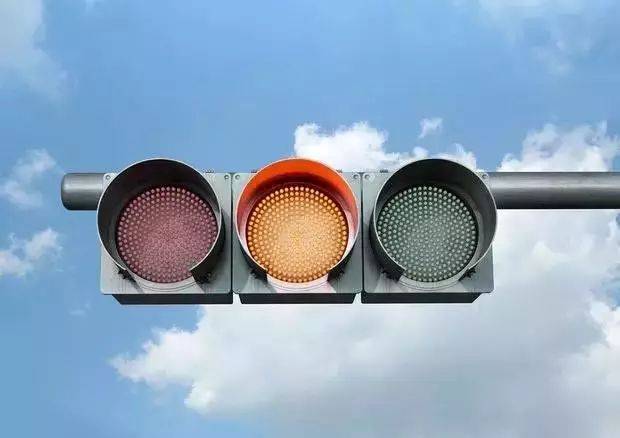The basic principles of traffic light control settings are critical to keeping vehicles moving safely and efficiently on the road. Traffic lights guide vehicular and pedestrian traffic at intersections, letting drivers know when it is safe to proceed through the intersection. The main goals of traffic light control settings are to minimize congestion, reduce waiting times and improve overall safety.
Traffic lights are usually set in sequence, with each signal having a specific duration, depending on the type of road or intersection being regulated. This sequence is known as a cycle and may vary in a city or town depending on local needs. In general, though, most cycles begin with a red signal indicating when vehicles are stopped, followed by a green signal allowing them to proceed safely; a yellow signal is usually followed by a green signal to signal caution before changing back to red again ( Although some cities omit the yellow light).
In addition to these standard colors used in many countries around the world, some systems may include supplementary features such as flashing arrows or countdown timers. These can help provide additional information, such as how much time is left before a signal changes color, and whether certain lanes have priority over others, depending on things like emergency vehicle movement or congestion levels during rush hour. In addition, some cities have installed adaptive traffic light systems that can automatically adjust the time based on real-time data collected by sensors located at different locations at the intersection.
When designing new systems for controlling traffic flow at intersections, engineers should consider factors such as existing pavement width, road curvature, visibility distance between vehicles behind, expected speed limits, and more. In order to ensure efficiency while still maintaining safety standards, they must also determine the appropriate cycle length – so they can avoid unnecessary delays caused by long wait times between changing sequences, while still providing time for all involved processes during peak hours. Allow enough time for traffic on the road. Ultimately, however, regardless of the configuration chosen, best practice calls for regular maintenance checks to always be performed so that any failures can be quickly identified and corrected accordingly.
Post time: Feb-28-2023







